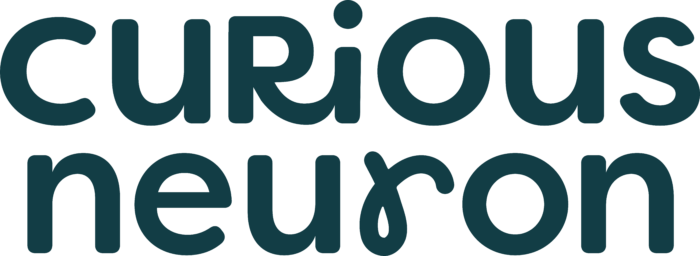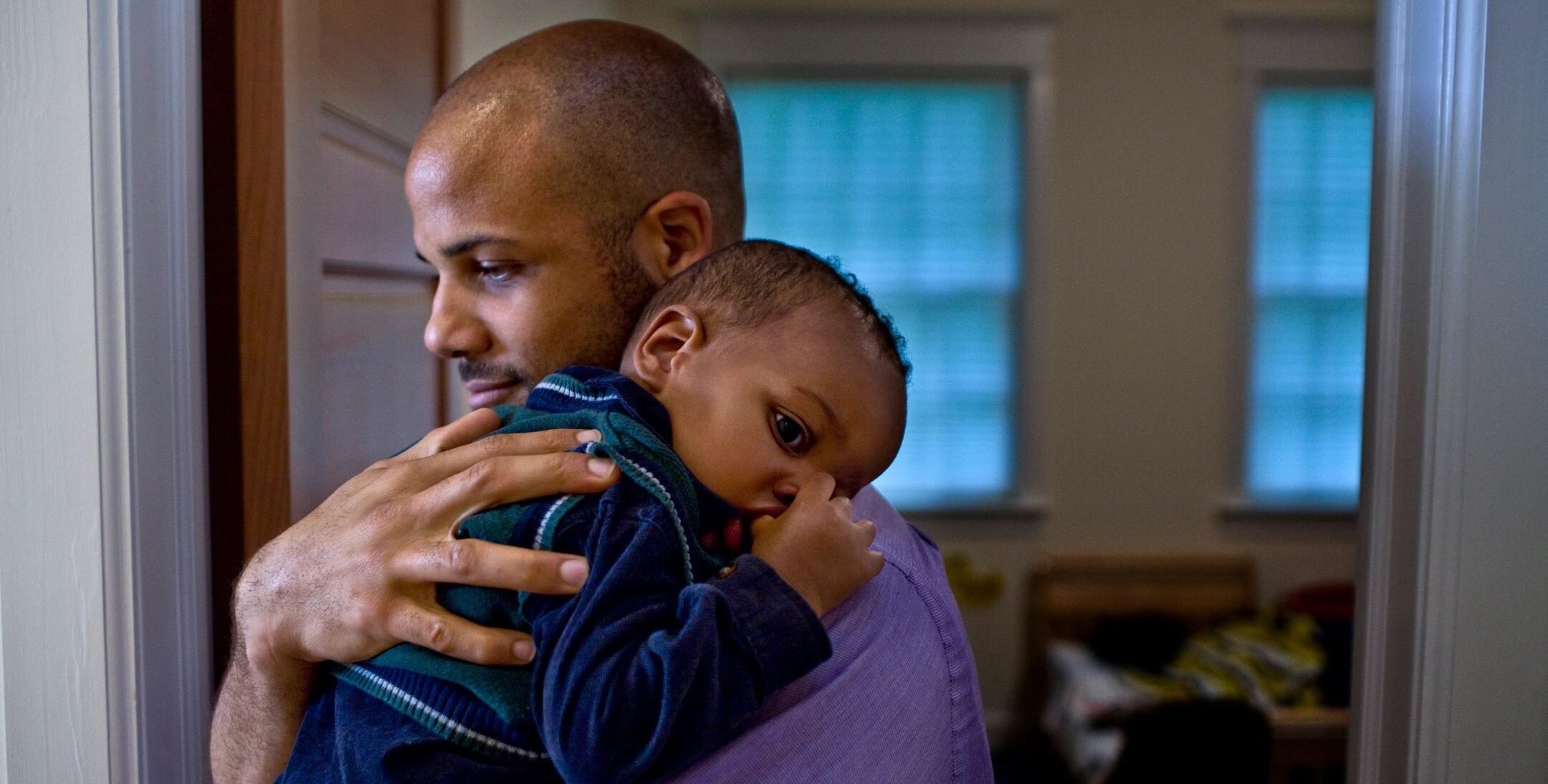Written by Claudia Belliveau, PhD Candidate, McGill University
Have you ever stopped to think about why your child just CAN’T LISTEN to you when they’re having a tantrum? Or when they are tired?
It’s not because your child is bad or disobedient, it’s because they are dysregulated.

Here at Curious Neuron we absolutely love Dr. Bruce Perry’s explanation of why your child can’t listen in these heated moments. It’s because the brain is organizes like an upside down layered cake. If you listened to episode 100 of our podcast, you might already know what I’m talking about, but here’s a recap.
How is your child’s brain organized?
Simply put, the brain is organized in a hierarchical way. The top part of the brain (cortex) has systems that make us human, it’s how we know how to speak, think, do math and learn right from wrong. This part of the brain develops very slowly, until late 20s (Sawyer et al. 2018).
There are lower parts of the brain that mediate regulatory functions like hunger, heart rate, blood pressure and body temperature. These brain areas actually develop before birth (Stiles et al. 2010).
So if you think about it, the brain develops in a bottom-up way. Take a look at Figure 1, you can see that the areas in green are literally going from bottom-to-top of the brain when you look from the first developed (brainstem) to the last developed (cortex).
As you move upward through the layers of the cake, the functions of those areas are more complex.
Figure 1: A Model of the Brain from Dr. Bruce Perry’s book entitled What Happened to You written with Oprah Winfrey, adapted with images from kenhub.com
What does the organization of the brain have to do with your child’s behavior?
When you are trying to talk to your child you are trying to reach the cortex (upper layer of the cake). But, when you talk to them, the words don’t go directly to the cortex, they follow the bottom-up sequence.
When you process sensory information (touch, smell, hearing, tasting and seeing) it’s processed first through the bottom layers of the cake and then through the top layers.
So basically, when you talk to you child, your words will start in the lower regulatory parts of the brain and move up through the emotional part of the brain to then finally reach the rational cortex.
So, if your child is hungry, or tired, or just generally cranky a.k.a dysregulated – your words will have a really hard time getting up to the cortex.
Take a moment and think about yourself. When you’re REALLY hungry, are you able to control your emotions as well, are you able to think are clearly? Probably not – that’s where the term hangry comes from right? This sequential (bottom-up) way of information processing is also valid in the adult brain!

Figure 10: The Sequence of Engagement from Dr. Bruce Perry’s book entitled What Happened to You written with Oprah Winfrey, adapted with images from kenhub.com
How can I best deal with my child’s dysregulation?
The sequence in which the brain works sheds light on how we can really deal with our children when they are dysregulated (a.k.a coming home from daycare, or when they missed nap time).
First, we must regulate ourselves. Try taking a few deep breaths, notice your heart rate slowing down. Then you can start helping your child regulate themselves. Maybe they need a hug, maybe they need 2 minutes to themselves to cry it out. When they’re ready, you can breathe together, and TALK. This process will help the cortex become accessible, and your child will be better equipped to actually LISTEN to the words you are saying.
Need help learning how to regulate your emotions as a parent? Join our membership, The Reflective Parent Club, to get guided support every week to help you learn how to respond during emotional moments rather than react. Learn more HERE.













